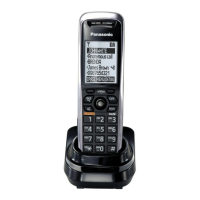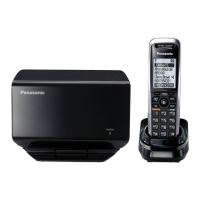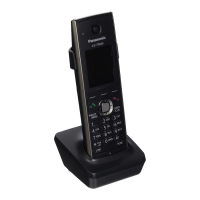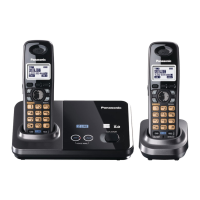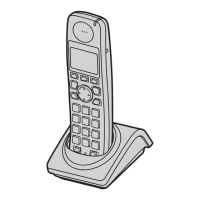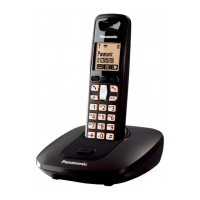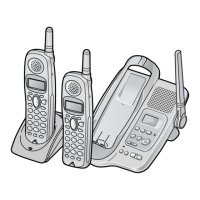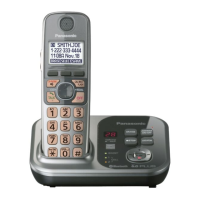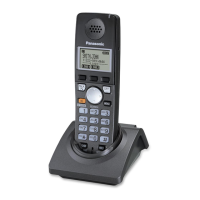What causes noise, interrupted sound, or delayed sound during a conversation on my Panasonic KX-TGP550 T04 Cordless Telephone?
- JJohnny WestSep 12, 2025
Noise, interrupted sound, or delayed sound during a conversation on your Panasonic Cordless Telephone may be caused by someone using a computer connected to the same network as the unit. Also, confirm the speed of your Internet connection; the unit requires 100 kbps for each upstream and downstream.
